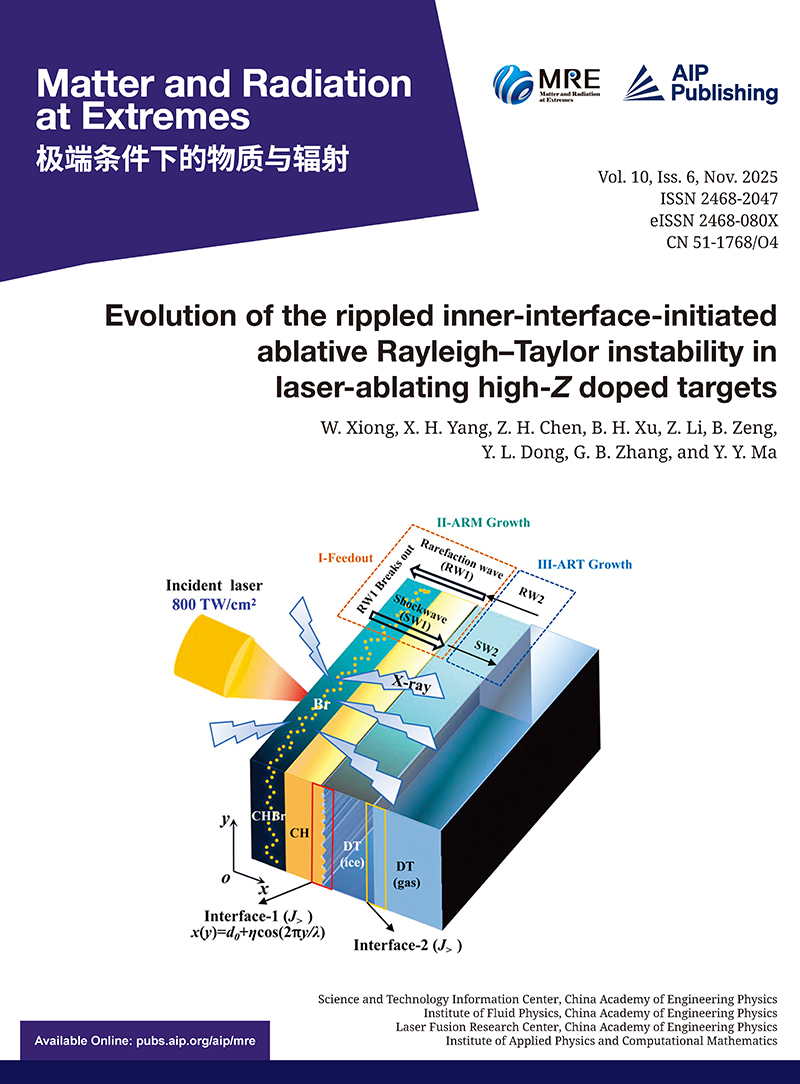Abstract:
Electrical explosion of a wire (EEW) has been investigated for more than ten years at Tsinghua University, and the main results are reviewed in this paper. Based on EEW in vacuum, an X-pinch was used as an x-ray source for phase-contrast imaging of small insects such as mosquitoes and ants in which it was possible to observe clearly their detailed internal structures, which can never be seen with conventional x-ray radiography. Electrical explosion of a wire array (EEWA) in vacuum is the initial stage in the formation of a wire-array Z-pinch. The evolution of EEWA was observed with x-ray backlighting using two X-pinches as x-ray sources. It was found that each wire in an EEWA exhibits a core–corona structure instead of forming a fully vaporized metallic vapor. This structure is detrimental to the plasma implosion of a Z-pinch. By inserting an insulator as a flashover switch into the cathode, formation of a core–corona structure was suppressed and core-free EEWA was realized. EEW in gases was used for nanopowder production. Three parameters (vaporization rate, gas pressure, and energy deposited in the exploding plasma) were found to influence the nanoparticle size. EEW in water was used for shock-wave generation. The shock wave generated by melting could be recorded with a piezoelectric gauge only in underheat EEW. For EEW with a given stored energy but different energy-storage capacitor banks, the small capacitor bank produced a rapidly rising current that deposited more energy into the wire and generated a stronger shock wave.



